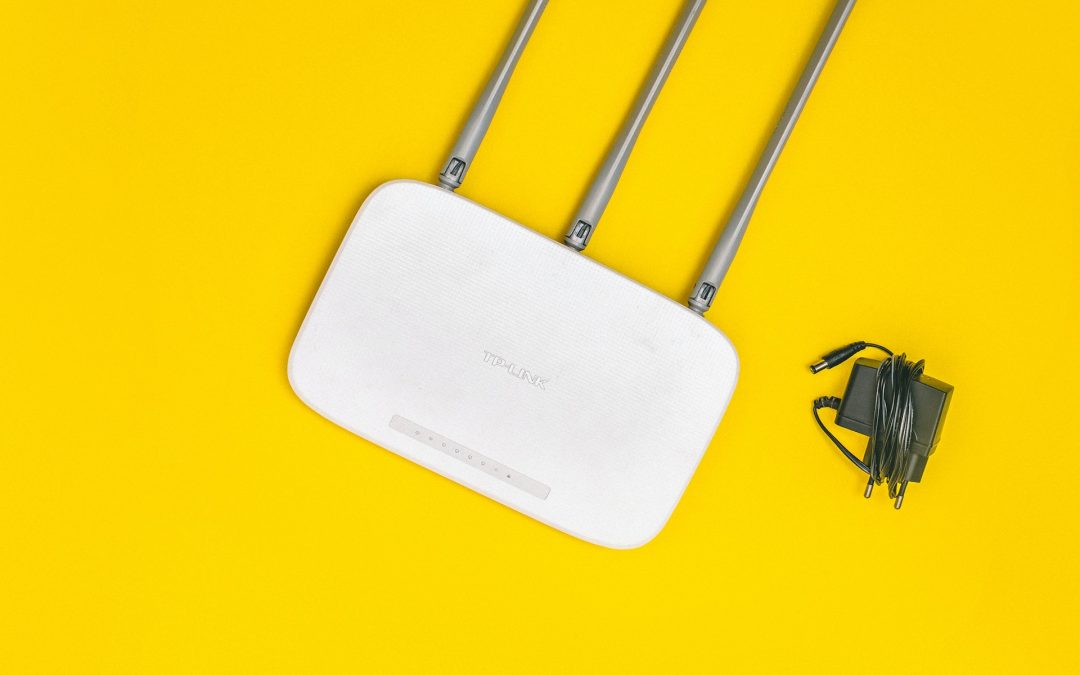In our ever-connected world, staying online is no longer a luxury but a necessity. One device plays a crucial role in this digital life: the WiFi router. Understanding the importance, functions, and types of WiFi routers can dramatically enhance your online experience.
What is a WiFi router?
A WiFi router is a device that takes the data from your internet connection and converts it into wireless signals, which are then transmitted and received by devices like smartphones, tablets, and computers. Essentially, it acts as the heart of your home or office network, pumping out a wireless signal for your devices to connect to.
The function of a WiFi router
The core function of a WiFi router is to provide a wireless internet connection to various devices within its range. However, its role isn’t limited to this primary function:
- Data Direction: Think of the router as a traffic director. It ensures that the data packets sent from your devices find their way to the internet and vice versa.
- Security: Modern WiFi routers come with built-in firewalls and security protocols like WPA3, safeguarding your network from potential threats.
- Multiple Connections: A router allows several devices to connect simultaneously. Whether it’s your smartphone, laptop, or smart TV, the router ensures every device gets its slice of the bandwidth.
- Network Management: Advanced routers let users manage their network through features like guest networks, parental controls, and device prioritization.
Which type of WiFi router is best for your home?
For home use, a dual-band or tri-band router is often recommended. These routers allow devices to connect over two or three separate bands (like 2.4GHz and 5GHz), reducing interference and offering smoother experiences for activities like streaming or gaming.
Considerations when buying a WiFi router
When in the market for a new WiFi router, several factors should influence your decision:
- Speed Capabilities: Check the maximum speed the router can handle to ensure it aligns with your internet plan.
- Range: Depending on the size of your home or office, ensure the router provides adequate coverage for all areas.
- Security Features: Look for routers with updated security protocols to help keep your network secure.
- Connectivity Options: Consider how many devices will be connected simultaneously. Some may also want Ethernet ports for wired connections.
- User-friendly Interface: A router with an easy-to-use interface will make network management a breeze.
How much does a WiFi router cost?
The cost of a WiFi router varies significantly based on its features, brand, and capabilities. Basic models can start from as low as R300, while high-end routers with advanced features can go up R2 500 or more. It’s essential to balance your needs with your budget.
How do you connect a router to WiFi?
- Connect the Router to Your Modem: Use an Ethernet cable to connect your modem to the WAN or Internet port on your router.
- Power On: Plug in your router and switch it on.
- Access the Router’s Web Interface: On a device, open a web browser and type in the router’s IP address (often found on the router label).
- Login: Use the default username and password (also usually on the label) to log in.
- Setup WiFi: Navigate to the wireless settings, and set up your SSID (network name), and password.
- Save and Test: Once all settings are input, save them. You should now see your WiFi network available on your devices. Connect to ensure it’s working correctly.
Conclusion
A WiFi router is a powerhouse, seamlessly integrating the digital world into our everyday lives. Whether you’re video conferencing, streaming your favourite show, or just browsing the web, your router ensures you stay connected with speed and security. Of course, your Wi-Fi connection to the internet is only as fast as your internet connection. So be sure to get fast and reliable fibre internet like the packages offered by Express Connect. To ensure your browsing is never interrupted by buffering or slow connection times.
